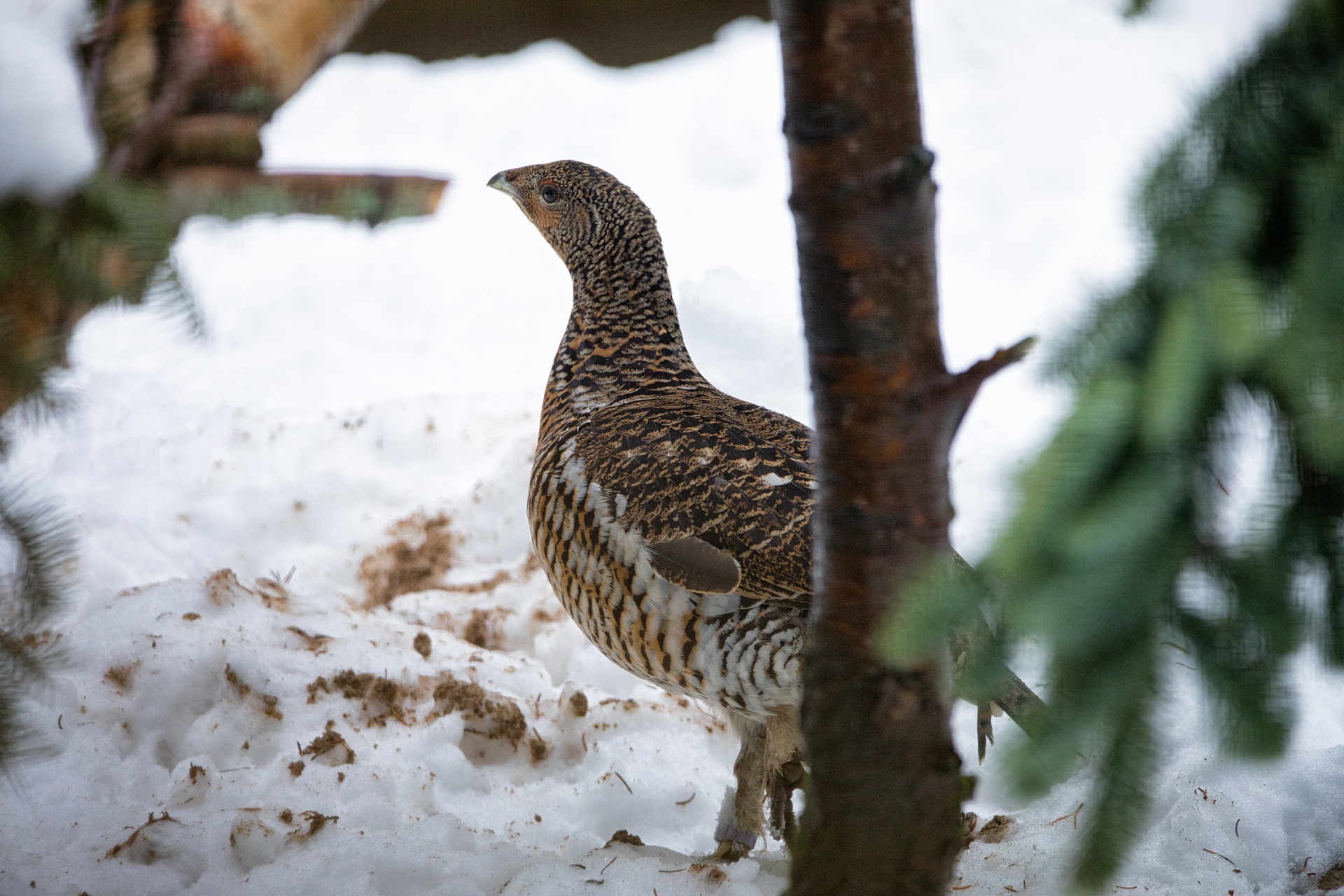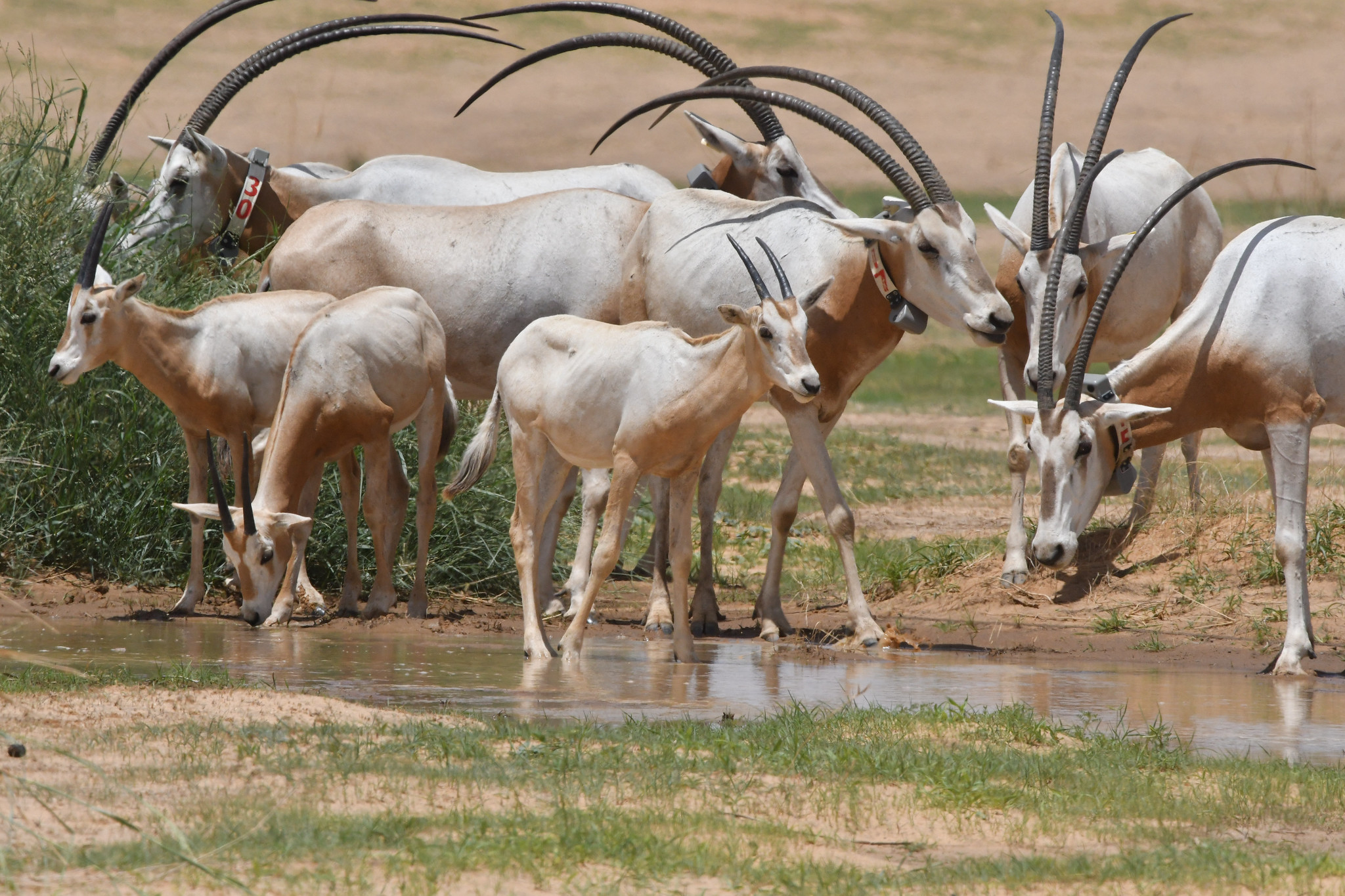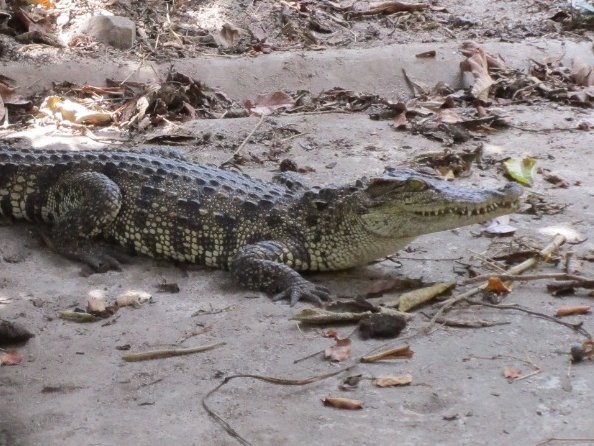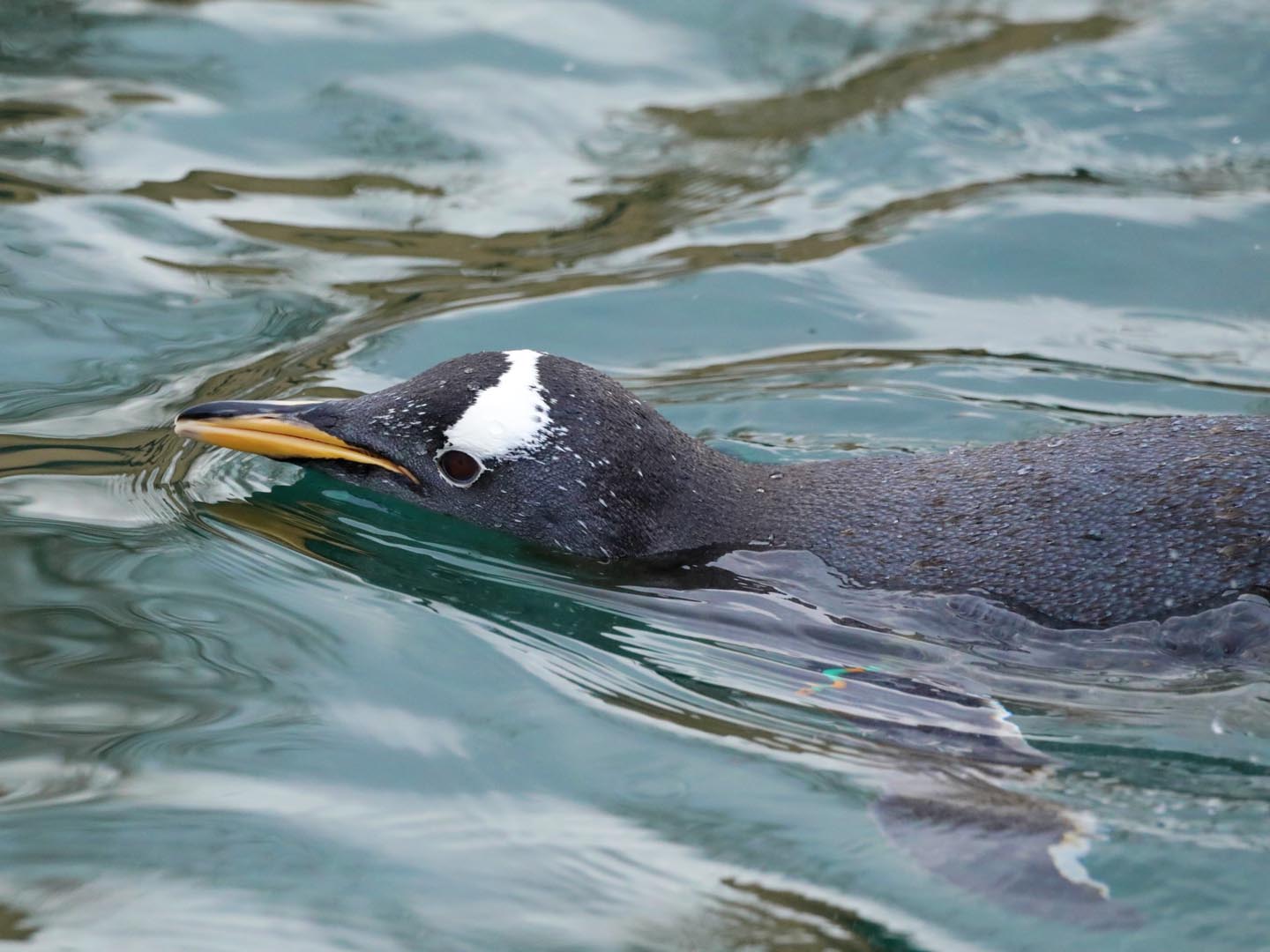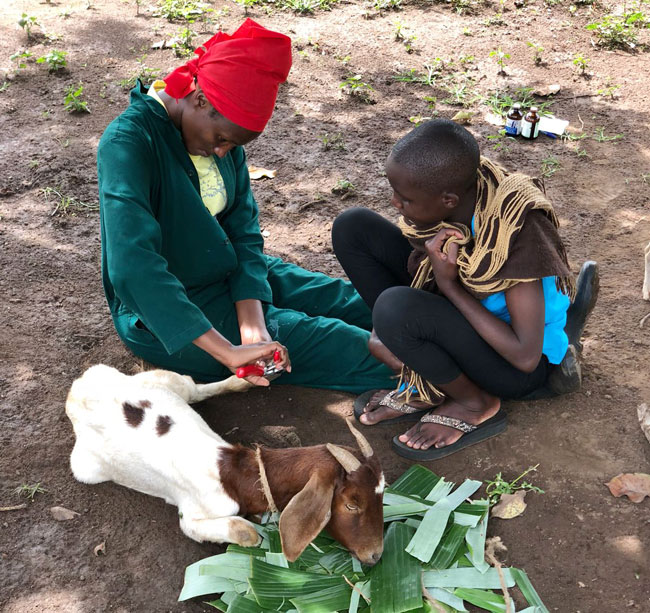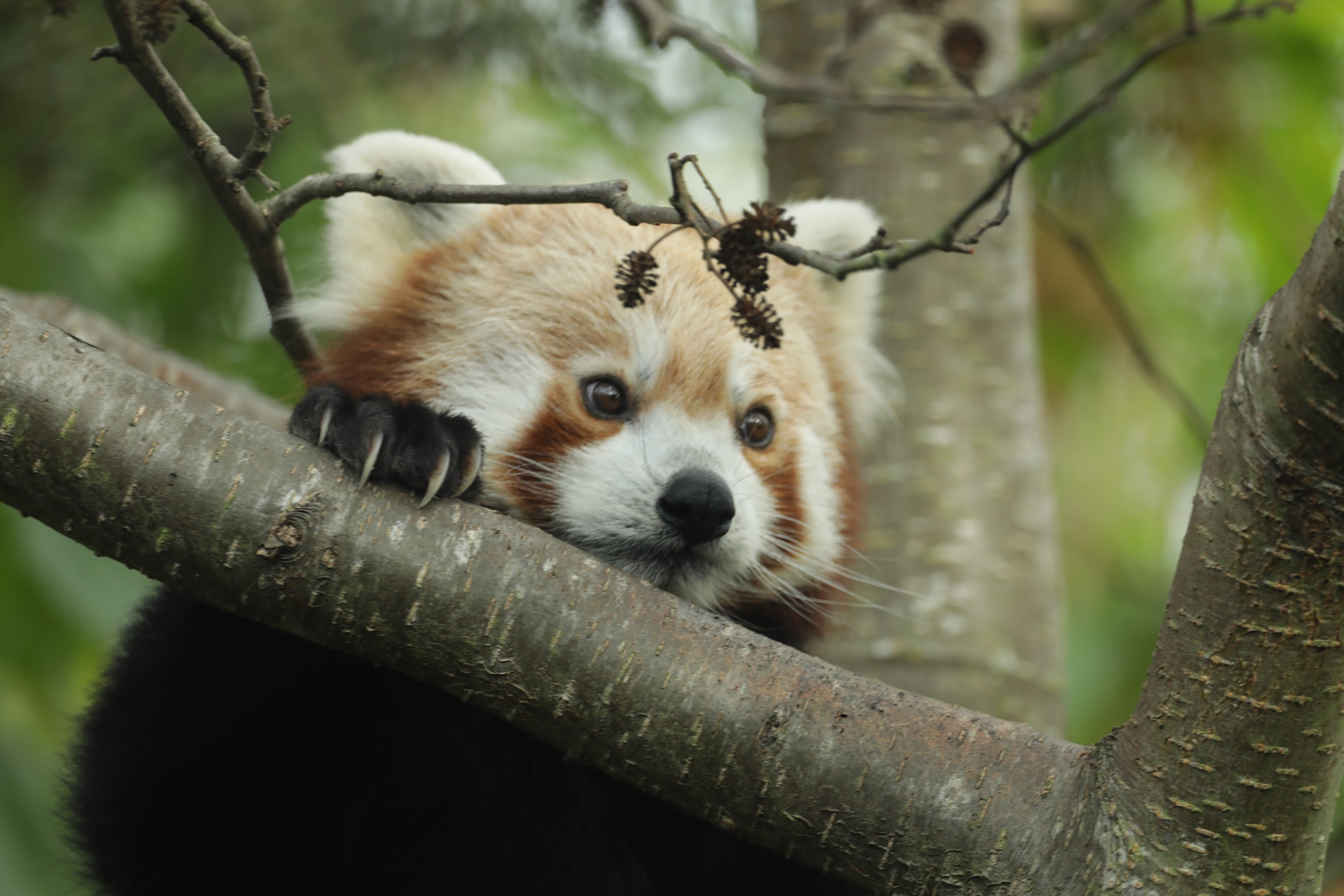RZSS WildGenes
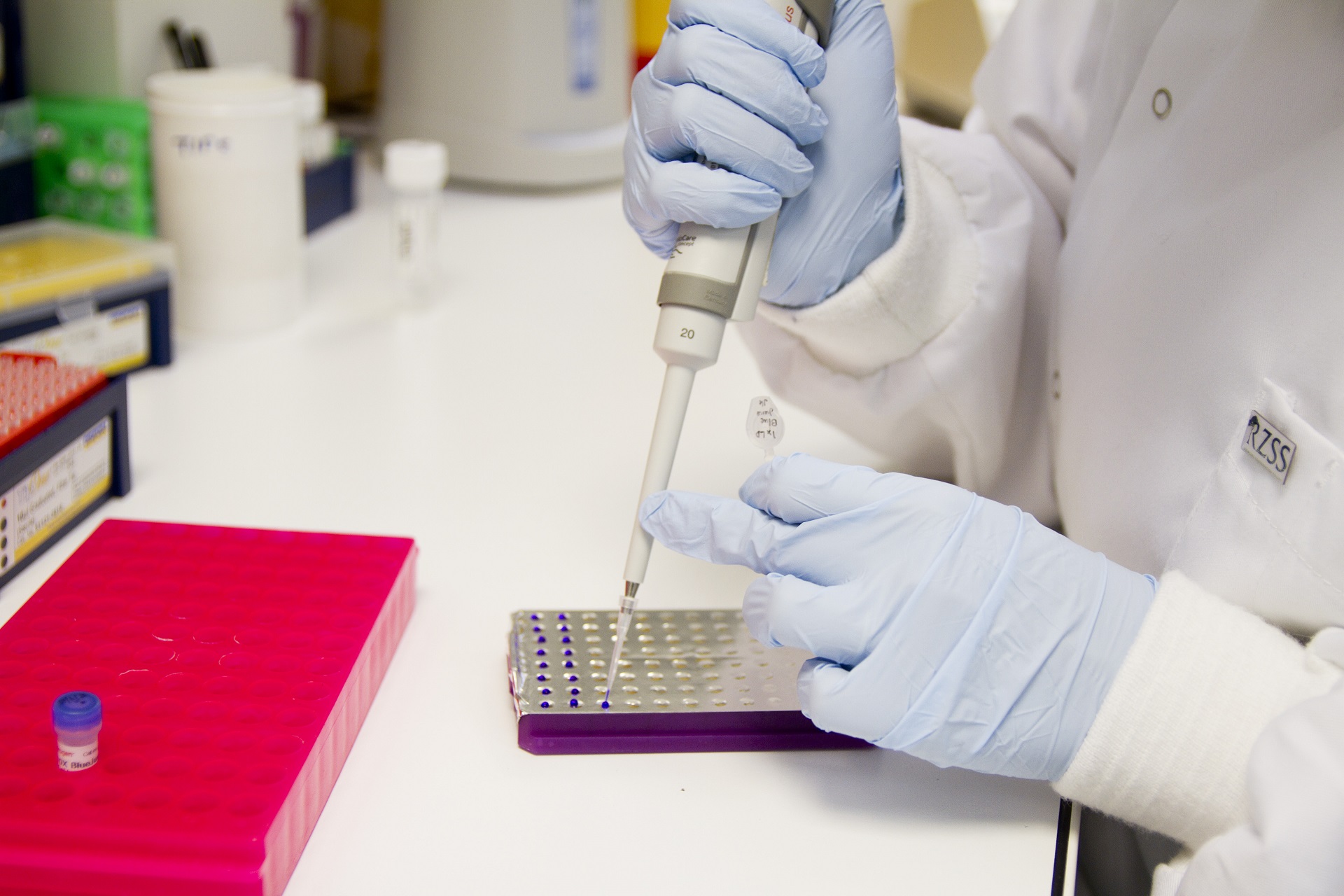
Our mission is to translate genetic data into conservation management.
At RZSS WildGenes we conduct cutting-edge conservation genetic and genomic research on a large range of threatened species. Our laboratory facilities are based at Edinburgh Zoo – the only zoo-based conservation genetics lab in the UK – and our projects centre on in-situ monitoring, ex-situ management, reintroduction management and tackling the illegal wildlife trade.
We work alongside government agencies, universities, and other conservation charities and zoos around the world to deliver data, advice, training and capacity building. We are pioneering the use of genomic techniques to generate high resolution data for conservation and we specialise in the analysis of non-invasive, and difficult to work with sample types.
The RZSS WildGenes lab works on any species or in any geographical locality where we feel there is a conservation need for genetic data, but generally our projects sit within these major themes:
- To provide genetic support for conservation management action in Scotland and the UK
- To provide genetic data to support conservation breeding and reintroduction efforts for threatened species
- To provide genetic data and develop tools for monitoring of threatened wild populations
Project type

Conservation genetics
The team
Conservation genetics
Conservation genetics is a scientific discipline that can provide incredible tools to inform evidence-based conservation decisions.
The RZSS WildGenes team work with partners all over the world to translate genetic data into practical conservation management. By sequencing the DNA of threatened species we can answer a range of questions that help secure the long-term success of conservation programmes. Here are some examples of questions we typically answer:
- Which individuals should we translocate to secure genetic diversity for a reintroduction?
- Are ex-situ populations genetically representative of the wild?
- What makes up the natural diet of a threatened species?
- How many individuals remain in a wild population?
- Is this an illegally traded item and where is it from?
- What species is this individual? Is it a hybrid?
- How are these individuals related?
The International Union for Conservation of Nature (IUCN) recognises three pillars of diversity: ecosystem, species and genetic diversity. The aim of our work in the RZSS WildGenes lab is focused on conserving genetic diversity, as this diversity provides the raw material on which evolution acts. This means that by conserving genetic diversity we provide greater potential for a species to adapt to future changes in its environment. This will increase its resilience in the face of change with the aim of securing a longer future for threatened species.
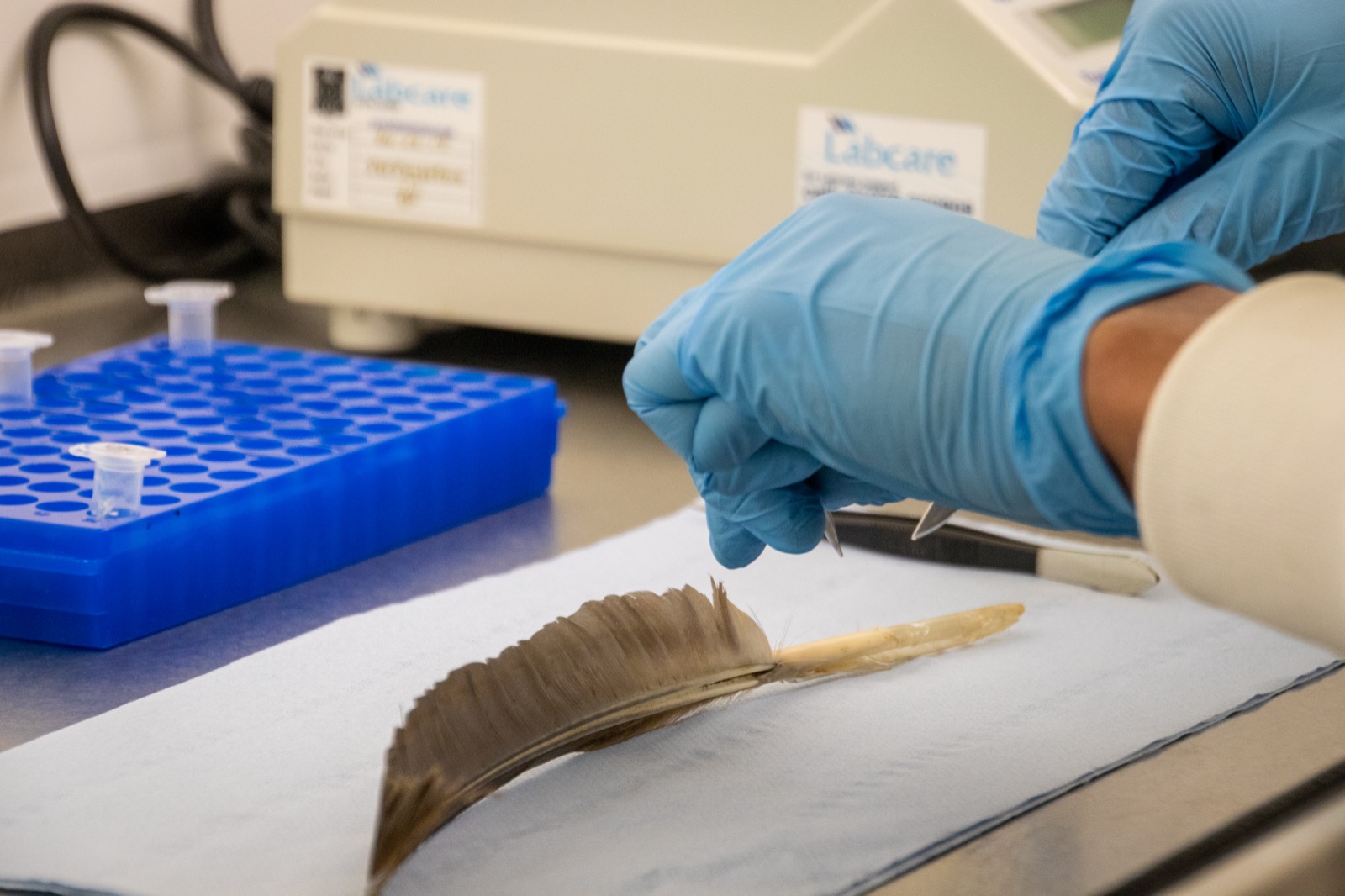
Related news
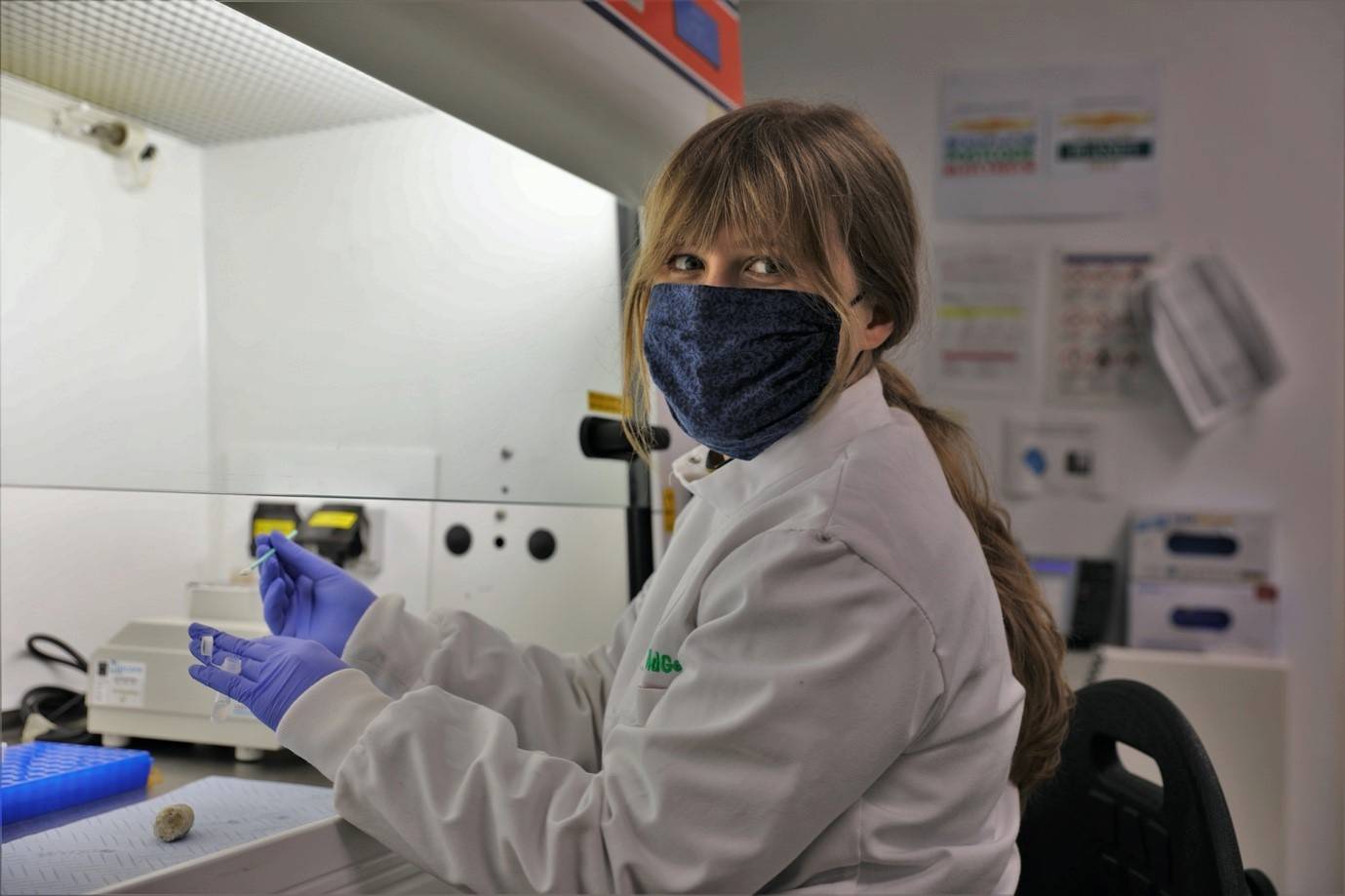
24 Jul 2023
Two minute read




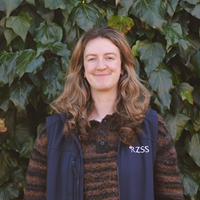


![Northern rockhopper penguin looking directly at camera [eye-contact] IMAGE: Sian Addison 2018](https://images.rzss.org.uk/media/Edinburgh_Zoo/EZ_animals/Northern_rockhopper_penguin/northern rockhopper (3).jpg)
